7 Mysterious Shipwrecks Deeper Than the Titanic
These are seven dramatic, mysterious shipwrecks.
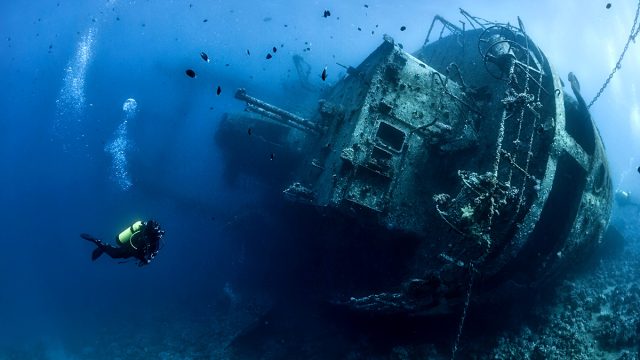
The recent loss of the Titan submersible on its way to explore the ruins of the Titanic on the ocean floor brought renewed attention on what lies beneath—namely shipwrecks, which just a few generations ago were the source of eye-popping drama. Of course, the Titanic isn’t the only wreck that’s shrouded in mythology and intrigue. Nor is it the deepest ever found (at 12,500 feet, or 2.5 miles beneath the surface). These are seven dramatic, mysterious shipwrecks that were found even deeper than the Titanic—and the wild stories behind them.
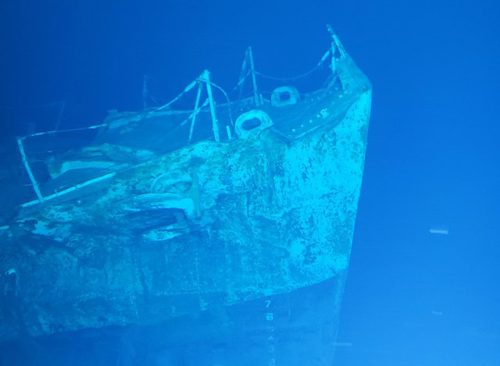
In July 2022, explorers discovered a WWII-era US Navy destroyer in the Philippine Sea that’s believed to be the deepest wreck ever discovered. It was found at a depth of 22,916 feet—more than 10,000 feet deeper than Titanic and almost four times deeper than the Grand Canyon. The ship sank during the 1944 Battle of Samar; of 224 crew members, 89 went down with the ship, while 120 waited in lifeboats to be rescued for more than two days.
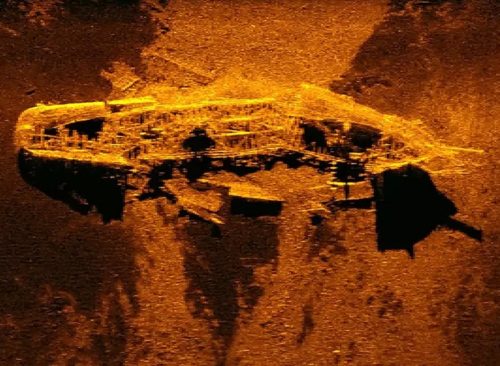
In March 2014, Malaysian Airlines Flight 370 vanished over the South China Sea with 239 people aboard. Searchers looking for any sign of the plane inadvertently discovered two wrecked ships—one wooden, one iron—at depths of 11,614 feet and 12,992 feet within the Indian Ocean. The wooden ship is believed to be the W. Gordon (which disappeared in 1877 while sailing between the UK and Australia) or the Magdala (which set off from Wales to Indonesia in 1882). The iron ship is probably the West Ridge (which vanished on an excursion from the UK to India in 1883), but it could also be the Kooringa (1894) or the Lake Ontario (1897).
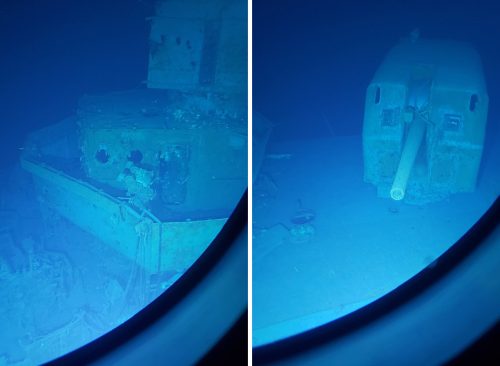
In May 2019, explorers discover the wreckage of the WWII-era destroyer USS Johnston at a depth of 21,200 feet in the Philippine Trench. It held the record for the deepest shipwreck until it was supplanted by the discovery of the USS Samuel B. Roberts three years later. Ironically, both ships were lost during the 1944 Battle of Samar; 187 out of 327 crew members lost their lives.
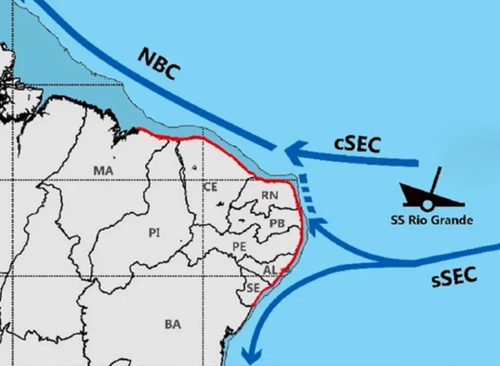
Before the USS Johnston, the German WWII boat SS Rio Grande held the world record as the deepest known shipwreck for almost 30 years. The ship was discovered in 1996, almost 621 miles off the coast of Brazil. The ship had been destroyed by American soldiers in 1944 and sank to a depth of 18,904 feet. Despite its depth, to this day, items continue to wash up from the wreckage.
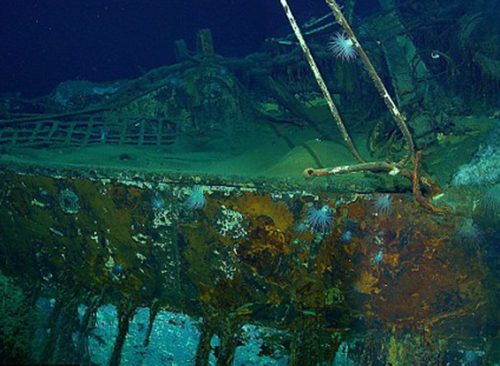
This British ship was sunk by Nazi torpedoes during World War II and settled to 16,896 feet in the mid-Atlantic Ocean. Intriguingly, it was carrying 100 tons of silver coins. In 2015, the UK government launched a deep-ocean search to recover the currency, which is estimated to be worth $43.4 million.
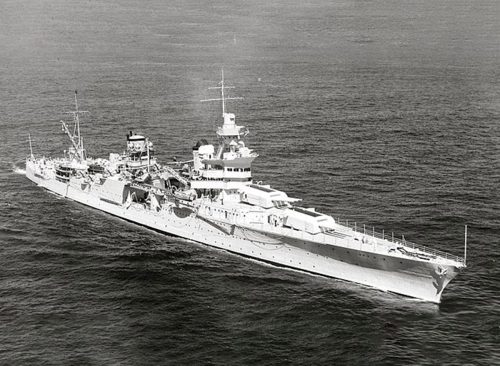
In July 1945, the USS Indianapolis had just finished delivering secret cargo for the first nuclear bomb when the cruiser was torpedoed by a Japanese submarine. The crew was left adrift in shark-infested waters for four days before being discovered by a Navy plane. Enduring dehydration, exposure, and shark attacks, 316 out of 1,196 crew members managed to survive. The ship’s wreckage was latter located at 18,000 feet beneath the surface—three times deeper than the Grand Canyon.
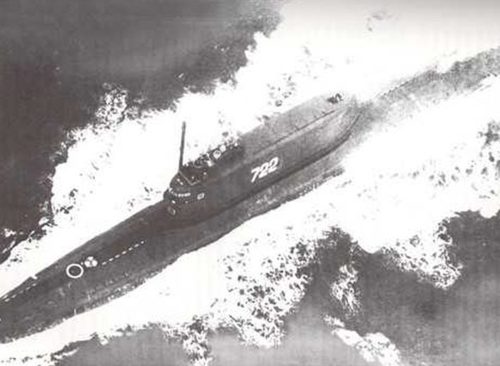
In 1968, at the height of Cold War tensions, this Soviet submarine went somewhere in the Pacific Ocean. After two months of searching, the USSR abandoned its attempts to find and recover the vessel and its attached nuclear weapons. Then the CIA stepped in. The sub was located at a depth of 16,500 feet near Hawaii. In a mission code-named Project Azorian, billionaire Howard Hughes supplied a 614-foot ship, which was used to try and raise the sub—and the treasure trove of intelligence it contained—to the surface. Declassified reports indicate the mission was not a success, because large portions of the vessel fell back to the ocean floor. Or did they?














